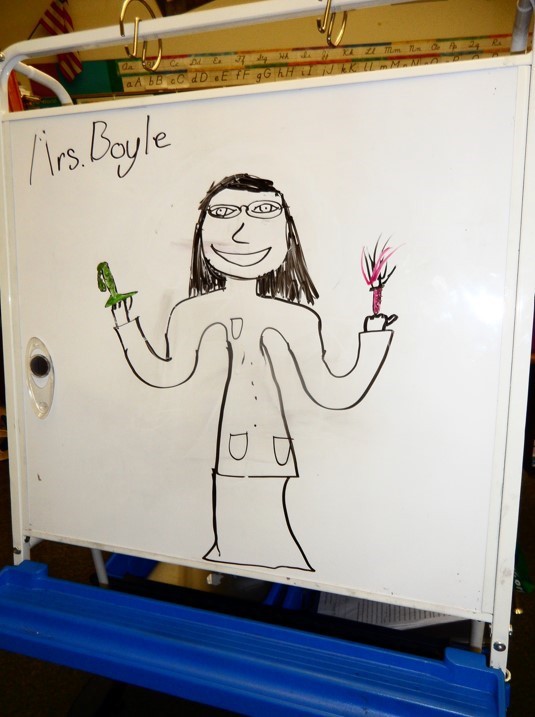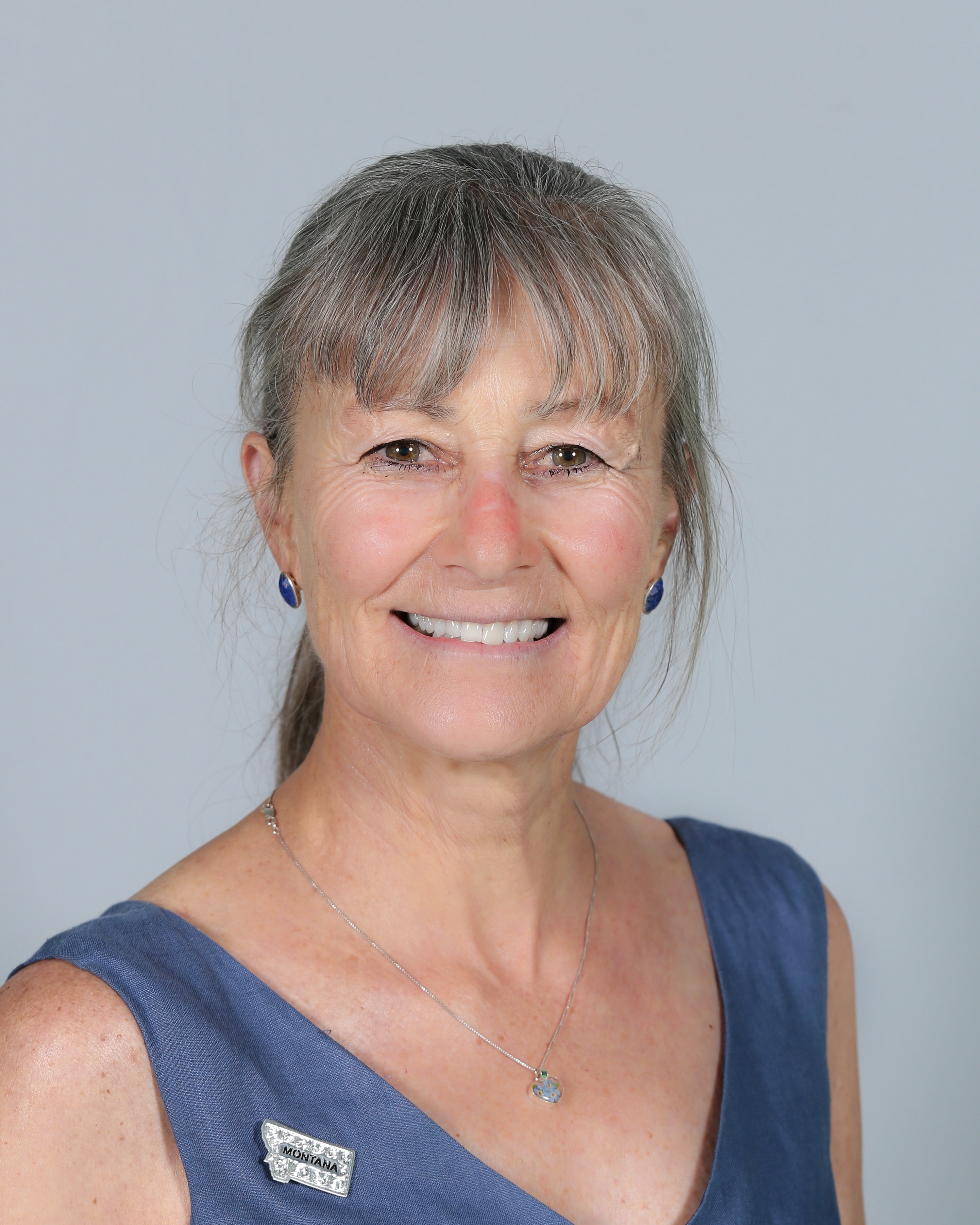Why I Am Voting YES for Science Teaching by Judy Boyle
By Kate Falk
Posted on 2019-04-29
I am an elementary teacher, not a science teacher. I teach everything from shoelace tying to technology. When I began teaching, my science content knowledge was at a minimal and when I taught science I tiptoed around it as if I were Indiana Jones navigating through the Temple of Doom.
I feared and avoided any science sessions at our state teachers’ conference and never considered attending an NSTA conference because I didn’t have the content knowledge that the middle and high school science teachers had. I was just an elementary teacher. I never thought of joining our state science organization or NSTA. After all, I wasn’t a science teacher. Then I got involved in a three-year professional development initiative on watershed studies from a local non-profit organization. They taught me content and the pedagogy behind the Framework of NGSS. These educators proved invaluable to me as do many of the other educators of science. They are “teaching” science and should be included in the NSTA title.
My students are my inspiration for becoming involved in science and NSTA. The change I have seen in them is phenomenal. They come to school because of science. My shelves, walls, and floors are covered with phenomena they have brought into school. The first thing they ask me when they come into the classroom is, “What are we doing in science today?” And, they ask at the end of the day, “What are we doing tomorrow?” They don’t consider writing in their science notebooks work.
They consider it theirs. It is full of writing, research, and math. It is full of STEM. I have seen them become the most incredible problem solvers, and engineers. They have become acutely aware of their world and how all the sciences work together to form it.
Now when I attend NSTA conferences, I set the goal of “Stepping outside of my content comfort zone.” When I attended the NSTA STEM Forum and Expo in Denver, I focused on physics. I was so inspired that it became the first science unit to teach in the fall. My students loved it! In Reno, my focus was chemistry. I can’t wait to share this knowledge with them.
 While walking through my local airport after attending NSTA’s regional conference in Reno, Nevada, the handle of my NSTA rolling computer bag slipped out of my hand. The gentleman behind me picked it up, read the logo, and said, “Oh, are you a science teacher?” It took me a moment to realize and reply, “Yes, I am!” And, I truly believe I am a science teacher and that is how my students see me.
While walking through my local airport after attending NSTA’s regional conference in Reno, Nevada, the handle of my NSTA rolling computer bag slipped out of my hand. The gentleman behind me picked it up, read the logo, and said, “Oh, are you a science teacher?” It took me a moment to realize and reply, “Yes, I am!” And, I truly believe I am a science teacher and that is how my students see me.
So, yes, I did vote for the name change! The new name is inclusive of all the educators who have enriched my life, my teaching and my students. I began to reflect on all the people who “teach science”. They do not consider themselves “science teachers” because they do not hold the certificate stating they are science teachers. But, in reality they are “teaching” science. Museum employees, state park guides, private businesses, forest service personal, preschool and elementary teachers, parents, and all other groups who teach our children science need to feel welcome in this organization. With the name change, they too feel respected for their contributions to science education.
What I feared became my inspiration. What I feared became my passion. It improved my “teaching” immensely, therefore, inspiring my students. This is why I vote for science “teaching.” It is inclusive to all of us who teach science.
 Judy Boyle has been teaching in grades k-8 for over 34 years in the states of Vermont, New Hampshire, Idaho, and now Montana. She teaches grades k-8 at Divide School in Divide, Montana. She has been an MPRES teacher trainer for seven year and a trainer for the Northwest Earth and Space Science Pipeline for three years. She is on the National Science Teachers Association Board of Directors serving as the NSTA Preschool/Elementary Division Director and is the President of the Montana Science Teachers Association. She was awarded the Montana Environmental Education Association’s Teacher of the Year in 2011, and she is the 2016 Montana science recipient for the Presidential Award for Excellence in Math and Science Teaching. She is also a 2018 Montana Teacher of the Year finalist.
Judy Boyle has been teaching in grades k-8 for over 34 years in the states of Vermont, New Hampshire, Idaho, and now Montana. She teaches grades k-8 at Divide School in Divide, Montana. She has been an MPRES teacher trainer for seven year and a trainer for the Northwest Earth and Space Science Pipeline for three years. She is on the National Science Teachers Association Board of Directors serving as the NSTA Preschool/Elementary Division Director and is the President of the Montana Science Teachers Association. She was awarded the Montana Environmental Education Association’s Teacher of the Year in 2011, and she is the 2016 Montana science recipient for the Presidential Award for Excellence in Math and Science Teaching. She is also a 2018 Montana Teacher of the Year finalist.
The mission of NSTA is to promote excellence and innovation in science teaching and learning for all.
Follow NSTA
Disclaimer: The views expressed in this blog post are those of the author(s) and do not necessarily reflect the official position of the National Science Teaching Association (NSTA).


